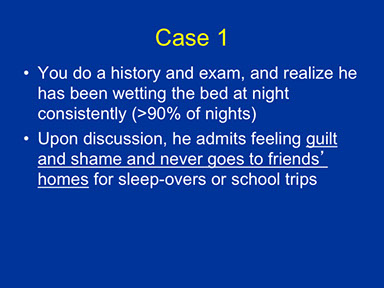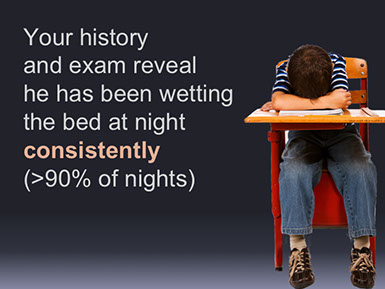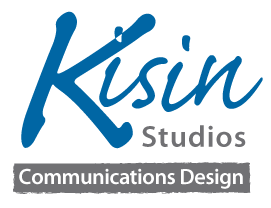
Presentology: Professional Presentation Design
After seeing endless numbers of business and education presentations (and they often feel endless...) that seem primarily designed to induce naps and doodling, we decided to use our experience in education to help our clients become more effective presenters.
The audience doesn't come to see your powerpoint. They come hoping to hear your ideas and to learn what you have to offer. We understand that making a connection with your audience requires a thorough grasp of your own material, keeping the audience engaged, and making your case with an effective and memorable story are all key to obtaining your presentation goals. Whether you need help with the writing, presentation design, or even coaching on your presentation technique, we collaborate with you to design an impactful presentation that aids you in telling your story.
Contact us to discover how we can help you become a more effective presenter.
 This medical education slide was supplied
This medical education slide was supplied
by a client, from a presentation for family practitioners on the subject of juvenile
bed-wetting.
Typically the audience can read eight times faster than the presenter can speak, so you can easily predict the effect on the audience!
Our task was to bring the subject matter to life and forge a connection between the subject matter and the family practitioners who were to be the audience for this material.
Click on the word "After" on the left to see the approach we took.
 The key to making your presentation effective and memorable is to forge an emotional connection with the audience. This can't happen without understanding what will make an impact on them.
The key to making your presentation effective and memorable is to forge an emotional connection with the audience. This can't happen without understanding what will make an impact on them.
We help you by designing memorable visuals that bring your subject to life, and encourage the audience to connect with you and your subject matter.
Why tell the audience about the subject's guilt and shame, when you can more effectively communicate his feelings with a strong image?
In this example, we brought the medical case study to life with strong images of a typical patient to illustrate the effect that his condition was having on his self-esteem, his parents, and his relationships with his friends.
We also wrote the presenter notes, which could be used to help the speaker organize the talk and explain the subject matter — without reading the presentation from the screen. That same outline was then used to as the basis of the handout which was distributed to the audience after the program.
Before
After
